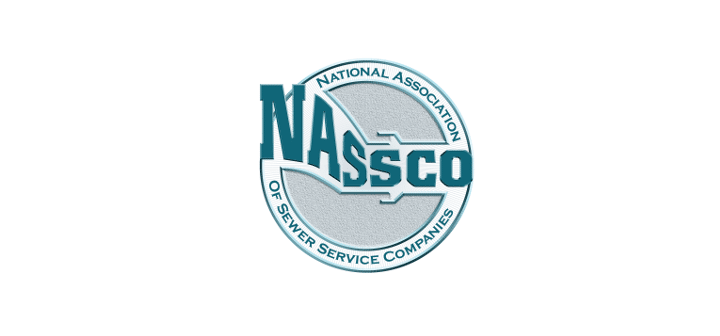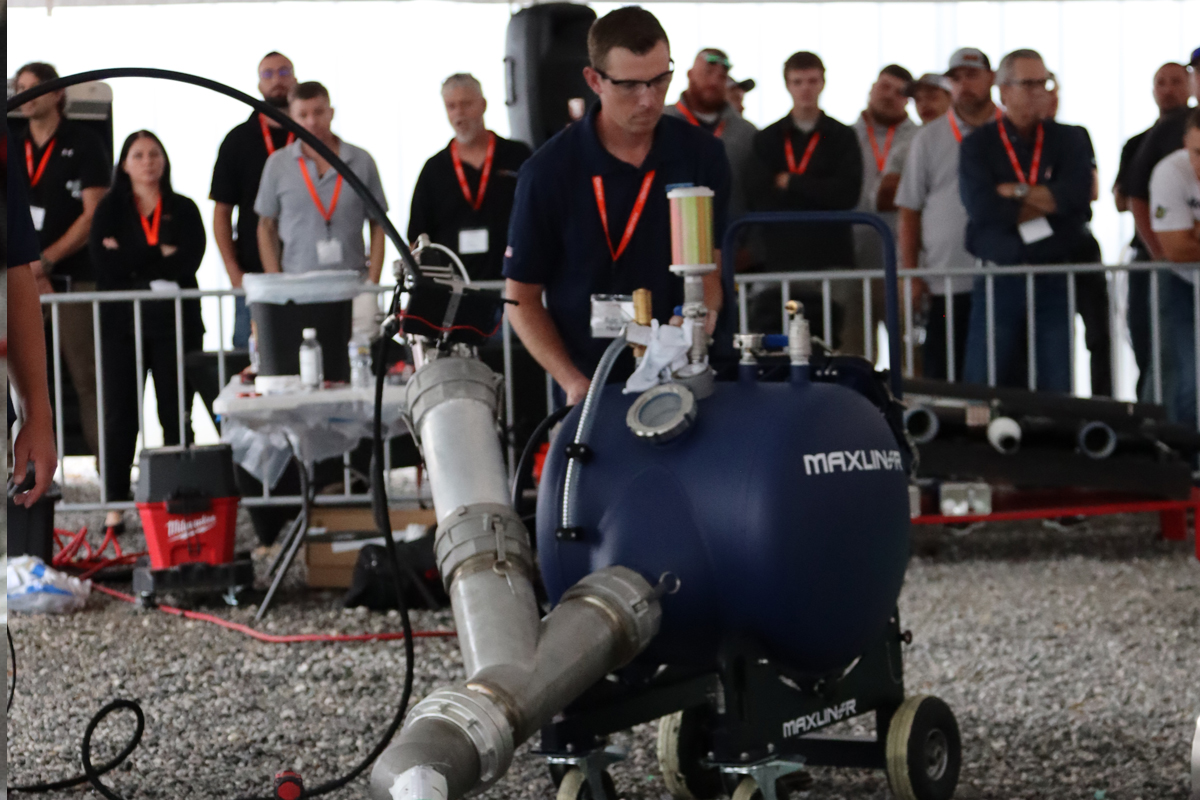
NASSCO Responds to Purdue University’s Findings on CIPP
 The mission of the National Association of Sewer Service Companies (NASSCO) is to set standards for the assessment, maintenance and rehabilitation of underground infrastructure.
The mission of the National Association of Sewer Service Companies (NASSCO) is to set standards for the assessment, maintenance and rehabilitation of underground infrastructure.
For more than 35 years NASSCO has been proactive in the ongoing development and promotion of health and safety requirements for proper handling of the Cured-in-Place Pipe (CIPP) process. For the past decade NASSCO has been training inspectors on the proper health and safety measures for CIPP projects via the Inspector Training and Certification Program (ITCP).
NASSCO’s “Guideline for the Use and Handling of Styrenated Resins in Cured-in-Place-Pipe”, first published in 2008, contains detailed information and has been in the process of update for the past several months. The release of the next edition will contain even more specifics regarding the proper handling of resins.
Dr. Andrew J. Whelton, assistant professor of Engineering at Purdue University, recently released a report completed by his students titled “Worksite Chemical Air Emissions and Worker Exposure during Sanitary Sewer and Stormwater Pipe Rehabilitation Using Cured-in-Place-Pipe (CIPP).” Published July 26, 2017 in the Environmental Science & Technology Letters, a publication of the American Chemical Society (ACS), it is clear that NASSCO guidelines and specific quality and safety protocols were not utilized during the testing performed, nor referenced in the study by the University.
This is of great concern to NASSCO and other organizations aligned to our industry that continually use, monitor and evaluate the effectiveness and safety levels of CIPP technology. It is difficult for us to understand how a representative team from a reputable University would not fact check their information and assumptions before publishing such critical information to the public.
NASSCO has been proactive in our willingness to provide quality information and feedback for these studies. In fact, on February 23, 2016, long before this report was published, NASSCO contacted Dr. Whelton regarding an earlier study to request a meeting to share information and discuss the research topic, as well as the disputed data, with the ultimate goal to share a joint understanding of the data that were developed by the research. Dr. Whelton did not respond to the invitation; however, he did attend an ITCP class in January 2017 where the CIPP process was presented for inspection personnel. After the instructor presented to the class the current best practices for the safe installation of CIPP, no comments or suggestions were offered by Dr. Whelton on this subject.
Purdue University then proceeded to publish the same disputed information and additional findings without any apparent peer review, and did not include the resources readily available from NASSCO. Further, there was still no communication with NASSCO or, to our understanding, other organizations that could have provided excellent feedback and supportive data to provide a more accurate portrayal of CIPP technology.
A review of the data released in the initial Purdue study indicated a number of inconsistencies that had not been experienced or documented previously in the industry. This is based on extensive testing performed around the world. To our understanding, these data were not considered before coming to a final conclusion or publication of the report.
NASSCO takes accuracy of information very seriously and has uncovered much research pertaining to the CIPP installation process. This research comes from a number of reliable sources, including studies performed by leading industry contractors and other organizations in Europe, Canada and the United States, as well as several large agencies, including Caltrans. Overall, the extensive scientific data provide no consistent evidence for a link between exposure to styrene and cancer in humans.
There is concern that Dr. Whelton’s team found certain other organic chemicals in the steam exhaust and other release points of CIPP installations where steam was used to heat the curing resin. While there are questions regarding the presence and source of these organics (whether their origin is the actual CIPP product, another substance present in the CIPP process, or contained in the existing environment), in the best interest of our members and communities, NASSCO will certainly investigate further.
Of additional concern is the lack of information confirming that a baseline study was performed before the steam discharge was tested. Previous testing performed by other organizations clearly indicated that chemicals found in the CIPP installation/cure water could not have possibly been contributed by the installation process. Most likely, the chemicals were contributed from the existing background levels. Also, the quantity of organics discharged and impact, if any, on workers, the general population and the environment has not been determined. A valid program should have been performed by an unbiased third-party testing institution fully knowledgeable and aware of relevant testing protocols.
As a standards leader in the industry, NASSCO, on behalf of its members, hereby puts in motion the review of all available industry data and, further, will pursue the preparation of an independent study and research program that will be properly peer reviewed to challenge and/or confirm the information developed and published previously. To ensure objectivity in data collection, evaluation and conclusions, we suggest a study be conducted by a third-party group consisting of a professional testing company in conjunction with an institution of higher learning that has a background and experience in CIPP technology.
We also continue to welcome a meeting with Dr. Whelton and his team to discuss the technology and what additional enhanced safety requirements and enforcement recommendations should be recommended for the CIPP industry if these concerns are confirmed through peer review.
Representing over 500 construction, engineering, professional, municipal and academia member companies and organizations, NASSCO works with all facets of the underground infrastructure industry to ensure full representation by every segment of user and owner groups. NASSCO encourages cooperation by all member groups – and the industry as a whole – to achieve the highest standard levels of uncompromised quality in the work our members provide for the communities they serve.



